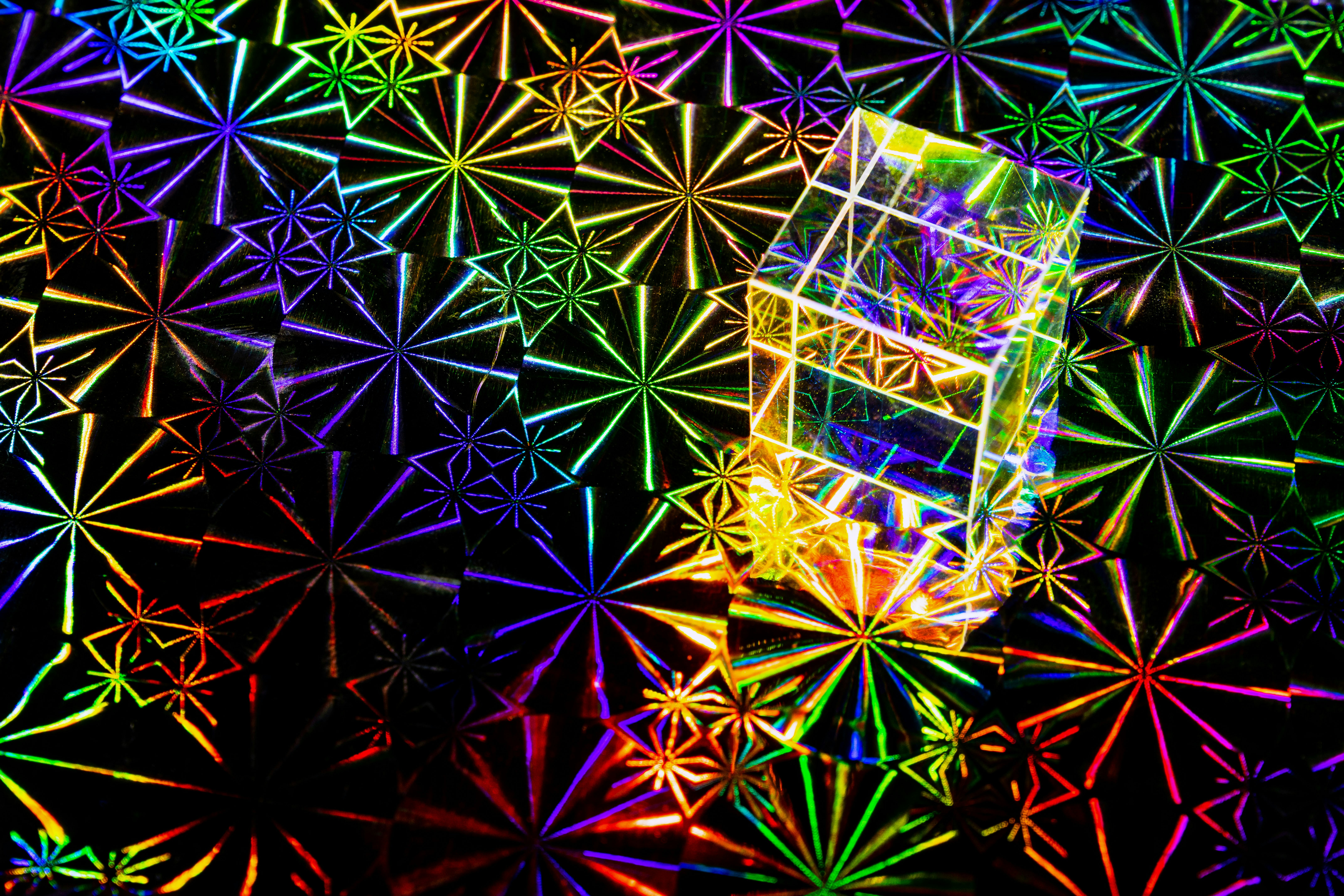Unlocking the Potential of Photobiomodulation: A New Frontier in Health and Wellness
With medical technology progressing at lightning speed, it's easy to overlook the power of light in promoting overall wellness. Welcome to the world of photobiomodulation (PBM), an emerging field that uses light to heal and enhance our health. Photobiomodulation is a form of light therapy that harnesses specific wavelengths of light to interact with our cells. This practice traces back to the early 1960s when Endre Mester, a Hungarian physician, noted that low-level laser light accelerated wound healing and hair growth in mice. His pioneering work paved the way for extensive scientific research on the therapeutic benefits of light.

The Modern Take on Photobiomodulation
In recent years, photobiomodulation has gained traction in the scientific community for its potential to treat a range of conditions. A growing body of research indicates that PBM can reduce inflammation, promote wound healing, enhance athletic performance, and even alleviate symptoms of neurodegenerative diseases. The practice essentially involves exposing the body to specific wavelengths of light, which interact with our cells and trigger biochemical responses that promote healing and wellness.
The Benefits and Challenges of Photobiomodulation
Just like any other health practice, photobiomodulation comes with its benefits and challenges. On the positive side, PBM is non-invasive, painless, and has few (if any) side effects. Research has demonstrated its effectiveness in reducing pain and inflammation, enhancing tissue repair, and improving mood and cognitive function.
However, the practice also has its challenges. The optimal wavelengths, intensities, and treatment durations for different conditions are still a matter of ongoing research. Furthermore, while PBM devices are available for home use, their effectiveness depends on correct usage, which can be a challenge for the average person without proper guidance.
Practical Applications of Photobiomodulation
While still an emerging field, photobiomodulation is already being applied in various health contexts:
-
In sports medicine, PBM is used to enhance recovery and boost athletic performance.
-
In dermatology, it’s used to promote wound healing and treat skin conditions like acne and psoriasis.
-
In neurology, early research suggests potential benefits for conditions like Alzheimer’s disease and depression.
The future of photobiomodulation looks bright, with ongoing research exploring its potential in even more areas of health and wellness.
A Beacon of Health: Interesting Facts about Photobiomodulation
-
Photobiomodulation is also known as low-level light therapy (LLLT), cold laser therapy, or biostimulation.
-
PBM devices emit light in the red and near-infrared spectrum, which has the ability to penetrate skin and soft/hard tissues.
-
Research shows that PBM can stimulate the production of ATP (adenosine triphosphate), the energy currency of our cells, enhancing overall cellular function.
In conclusion, photobiomodulation represents an exciting frontier in health and wellness. While more research is needed to fully understand and harness its potential, the evidence so far points to a promising future for this light-based therapy. As we continue to explore the science of light and health, it’s clear that in some cases, the path to wellness might be as simple as stepping into the light.





